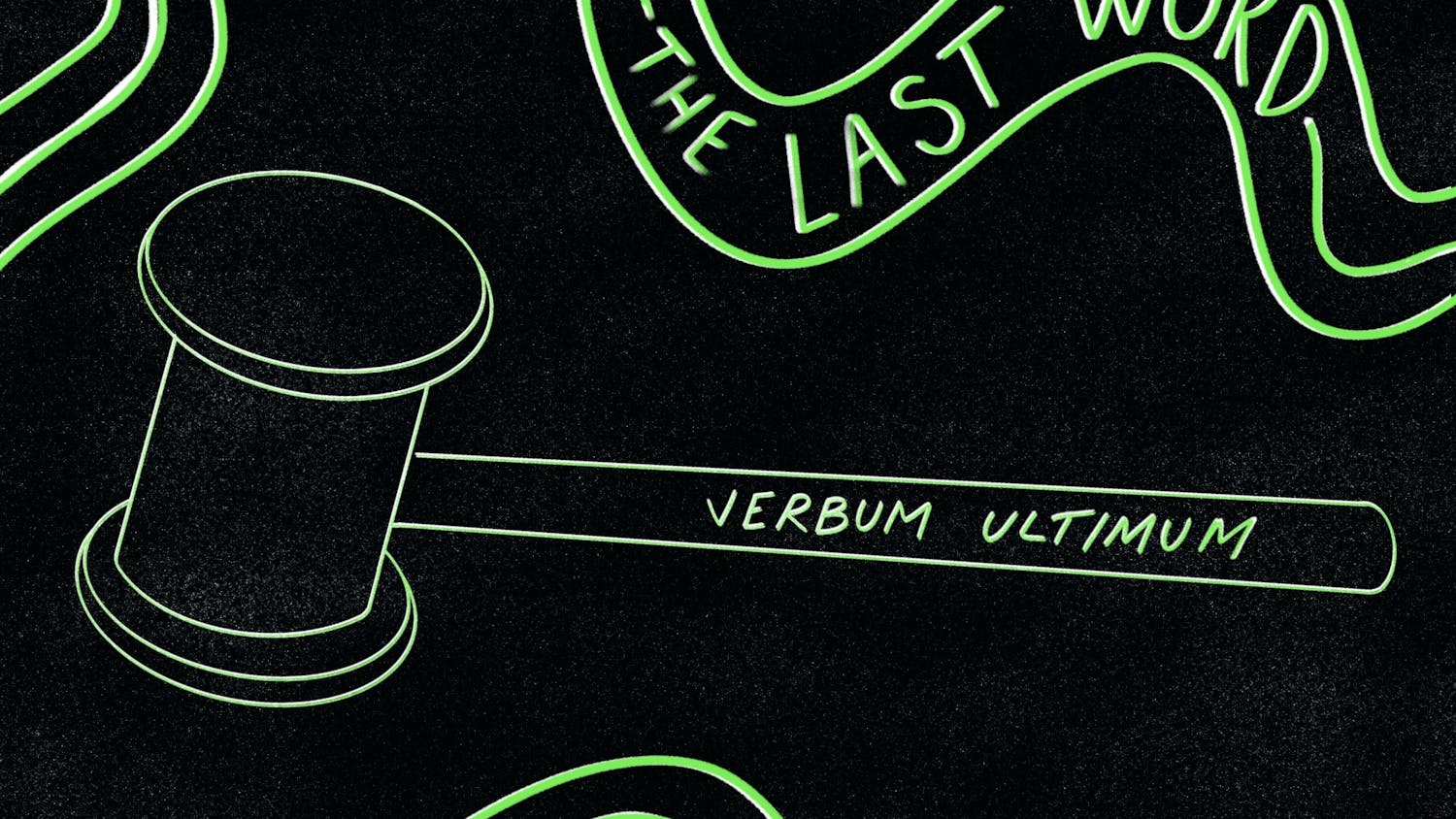I still recall the first time I pulled an all-nighter. I was in 7th grade, and the concept of staying up studying until well past by bedtime was novel, even “cool.” I reveled in watching late-night TV devolve into “George Lopez” and “Friends” reruns, and even tried my hand at making my first cafetera of Cuban coffee. As the sunlight of a new day streamed in through my bedroom window, I felt a strange sense of accomplishment. I was hooked. Seven years later, I realize how horribly mistaken I was. The prospect of an all-nighter still makes my stomach churn. That’s not to say that I haven’t seen my fair share of 1902 Room sunrises or felt the sense of impending doom as the library’s final closing announcement goes out. While college, caffeine and sleep deprivation unfortunately seem to go hand in hand, the more concerning issue is that this trio has become an inescapable reality for students of all ages.
In “The Race to Nowhere” (2009), Vicki Abeles calls attention to this issue and highlights the need for reform of the American educational system. The documentary chronicles the lives of high school students and delves into the “silent epidemic of school stress and academic burnout.” While it engendered discussion of the current system’s flaws, it also received much criticism. Though I do not entirely agree with the need for an entire overhaul of the existing structure, some things must change.
The current system is not in need of a drastic overhaul as much as a careful refocusing. The scales must once again tip in favor of active, engaged instruction instead of aimlessly bombarding younger students with work. As a high school student, this was perhaps my greatest frustration. While many of my teachers were excellent, several assigned homework loads arbitrarily, as if their class existed independently of six others. According to a 2013 survey by the University of Phoenix College of Education, high school teachers assign a combined total of up to 17.5 hours of homework a week. When combined with time spent in school, on extracurriculars and other necessities like meals, this leaves precious little time for sleep.
As the most conscientious, diligent high school sophomore I know, my sister likely logs fewer hours of sleep than I do. High school students, like my sister, must contend with a workload that is increasing exponentially. In 2011, National Center for Education Statistics reported that students spent less than seven hours on homework a week. As such, it is no surprise that all-nighters have become commonplace, and sleep deprivation has become the norm. The vicious cycle of sleep deprivation eventually catches up, and students cannot realize their full potential. The unfortunate reality is that many high school students are not playing with a full deck. It is unreasonable to expect students to perform at such a high caliber when they function in a foggy, caffeine-fueled state of sleep deprivation.
This approach has also affected students’ overall health. According to a 2013 study by the American Psychological Association, “teens report that their stress level during the school year far exceeds what they believe to be healthy (5.8 vs. 3.9 on a 10-point scale).” While these elevated stress levels are reason for concern in and of themselves, sleep deprivation has been found to negatively affect students’ health. An increasing number of studies link lack of sleep to heart disease, obesity and diabetes.
Are the caffeine-powered study binges all for naught? It is uncertain whether the overworked high school students of today will be able to contribute to the betterment of society tomorrow. Unfortunately, many of these students may “burn out” by the time high school comes to a close. If this turns out to be true, then maybe the answer to our question is simple. Maybe Abeles is right. Maybe we are caught in the race to nowhere.
I would like to think otherwise. Change is possible. Teachers of younger students must be more judicious in assigning workloads. Students need not be caught in a race to nowhere. After all, as Dr. Seuss notes, “They have brains in their heads. They have feet in their shoes. They can steer themselves in the direction they choose.” School administrators and teachers would do well to think more of the places their students will go, and how to best get them there.
Sarah Perez is a contributing columnist.


